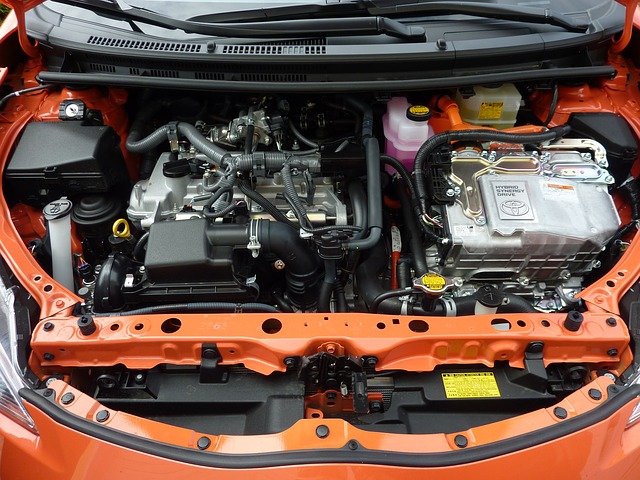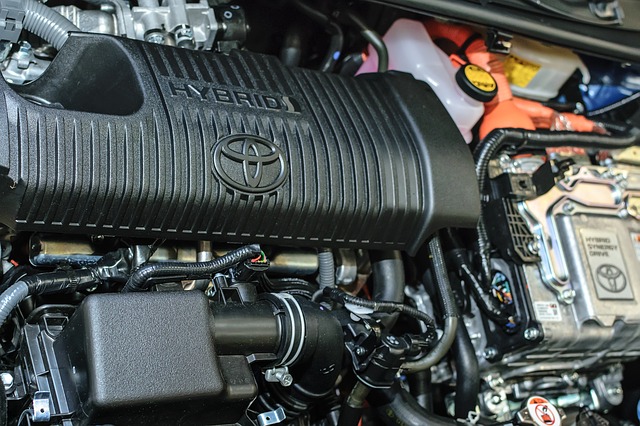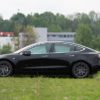
Basic Introduction:

Electric engines are engines that run on electric power that is generated by an external generator. The external generator can be powered by gas, coal, nuclear energy, hydroelectric energy, solar power, or wind power to generate electricity.
History:

It is interesting to note that in the history of electricity, there were tremendous efforts in the 18th century to utilize electric power for transportation. The idea was not new. Ever since Robert Boyle proposed an engine using vacuum pressure in 1660, several inventors had been trying to develop a machine that could run on static electricity or electric power generated by magnetism. The first successful model was built by Thomas Davenport. He demonstrated his battery-powered electric motor in September 1837 in front of many witnesses at the University of Vermont in Burlington, Vt. His invention attracted great attention and launched research to produce more powerful batteries and larger generators so that one day they might replace gas engines entirely.
In 19th Century
At last, it became possible to produce cars that run on electric power in the 19th century. In 1884, a vehicle called “troller” was produced by Gottlieb Daimler and Wilhelm Maybach to be used for public transportation in Germany. It could carry 3 passengers and had a top speed of 12 miles per hour. It was superior to gas-powered cars because it did not require gears to control the speed of the car. This configuration made it comfortable for driving on roads without paving or gravel surfaces since you did not have to worry about changing gears while going up or down hills. Electric cars were very popular until the early 1900s when they became less desirable due to a series of discoveries made by Thomas Edison, Nikola, and others that strengthened the appeal of gas-powered cars. Electric engines were completely replaced by gasoline engines after Henry Ford mass-produced the Model T in 1908.
Uses of Electric Engines:
The electric engine was mainly used to power submarines, although it has been adapted for use on other types of transportation such as trains and airplanes. It is still used today as the main source of propulsion for spacecraft and other unmanned vessels underwater or in space.
Benefits of Electric Engine:
Following are the benefits of electric engines
- It is environmentally friendly.
- There are no harmful emissions associated with electric engines so they do not contribute to global warming or acid rain.
- Electric engines are quiet and emit less noise pollution. They make a whirring sound when in use, but it is significantly quieter than the sound of a gas engine.
- The development of the internal combustion engine caused air pollution because it emits toxic chemicals such as carbon monoxide and sulfur oxides into the air when it burns gasoline, emitting greenhouse gases that contribute to global warming. In addition to that, these gases also cause smog which harms people’s health by causing throat irritation and breathing difficulties especially for those who have asthma.
- In contrast, electric automobile engines run on electricity from the utility grid which is much cleaner than combusting gasoline. If the electricity comes from renewable sources like solar or wind, then it does not contribute to the release of greenhouse gases into the environment.
- Electric engines are generally more energy-efficient than gas-powered cars since they can be run at optimum speeds due to changes in gears. Gasoline power, on the other hand, has an efficiency rate between 15% and 30%, depending on how well you drive (you lose 10% of your engine’s total power when you drive too fast). Electric cars usually have 100% efficiency simply because there is no need for any gears. Therefore, traveling long distances will not reduce your speed as much as if you were driving a gasoline vehicle.





